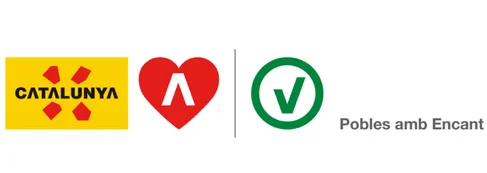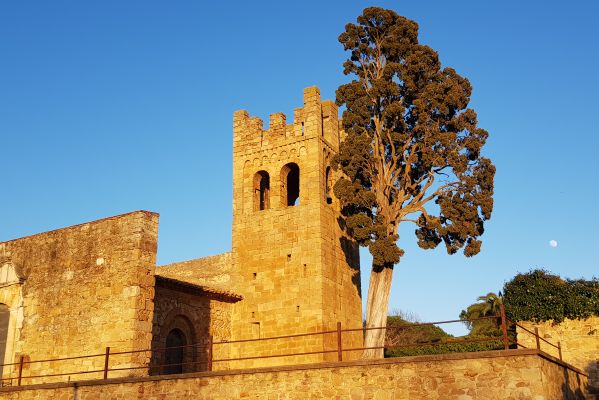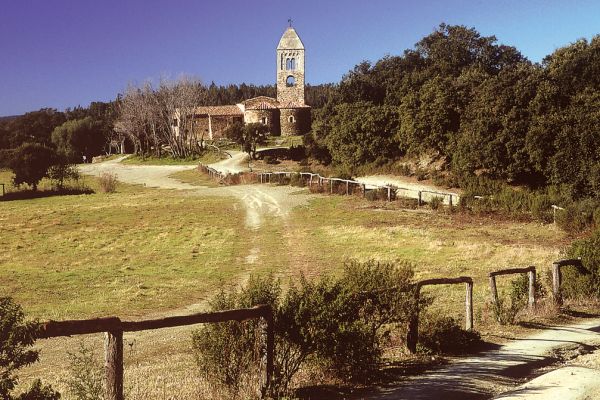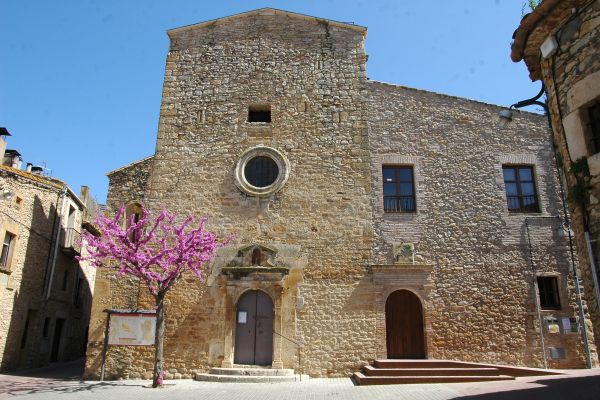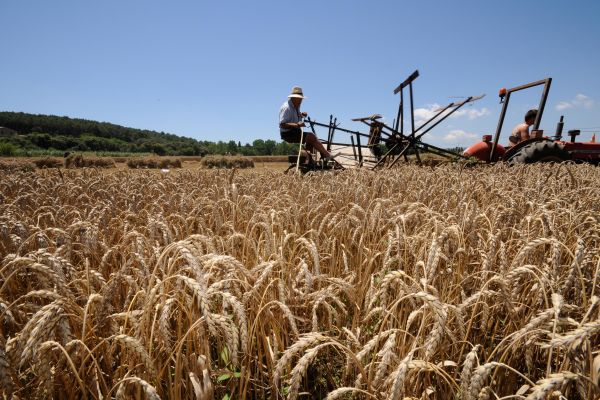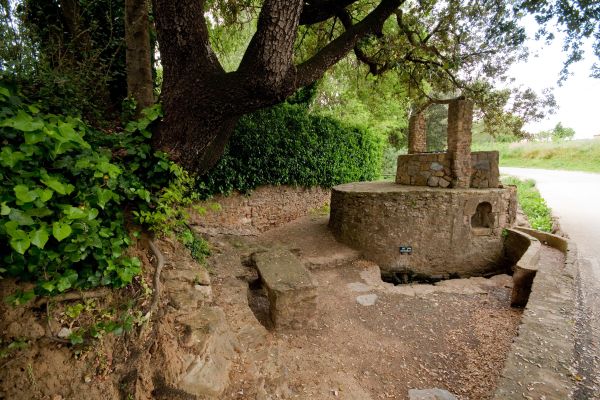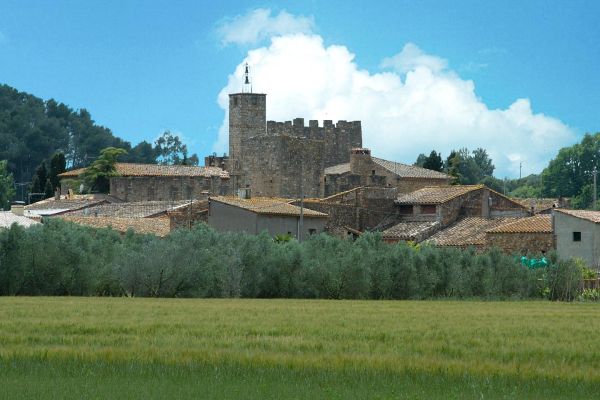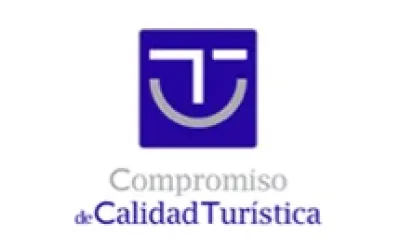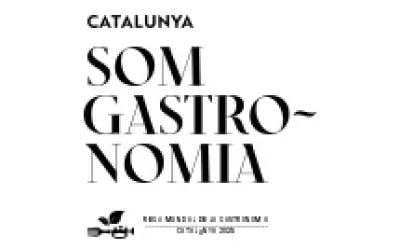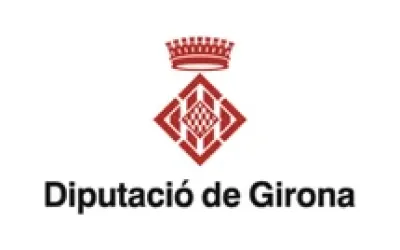In the middle of the heart of Empordà and just a few kilometres from the best coves and beaches of the Costa Brava, the village of Peratallada is located in the province of Girona, halfway between Barcelona and the French border.
The ease of access, the good weather, the uniqueness of popular events, the richness of the historical and cultural heritage and the wide range of activities offered by the area make the village of Peratallada an ideal place to spend a good holiday be it as a couple, with friends, with family or individually. Apart from its architectural and historical attractions, the town is renowned for its significant artisan and, above all, gastronomic offer. The alleyways of the village are full of numerous and suggestive restaurants of all kinds, which offer the perfect complement to a visit to the village.
(1).jpeg)
A historic-artistic and cultural centre of national interest
The village, declared a historical-artistic and cultural centre of national interest, is one of the most important villages of Catalonia in terms of medieval architecture. With extraordinary appeal and beauty, it preserves its ancient feudal appearance, with narrow and tortuous streets and numerous entrances and alleyways. The route through the town allows you to discover different points of view of the castle-palace and the walls and various popular architecture. The whole town is located on sandstone rock, worked in various ways. There is no doubt that the most impressive elements are the wall valleys, with trenches excavated into the live rock.
.jpg)
Therefore, the meaning of the name of Peratallada, remains obvious to those who visit the population (the noun is formed by ‘pedra’ + ‘tallada’, which literally mean ‘stone’ + ‘engraved’). Peratallada was one of the most fortified Catalan populations. The defence system was formed by three walled enclosures (the main one with the castle at the centre and two others that were to the north and east) protected by the trenches excavated in the rock of unknown and debatable chronology. Where it is currently visible, they are about 7 or 8 meters deep. The highlights are the fortified castle with its tribute tower and the palace (11th-14th C.), the walls (12th-13th C.) and the church of Sant Esteve (Romanesque at the beginning of the 13th century). Also worthy of note is the great moat that surrounds the town, excavated into the live rock. The whole town is seated on sandstone rock, worked in various ways. A curious fact, and one that is worth noting is that Berenguer de Cruïlles (1310-1362), bishop of Girona and the first president of the Generalitat de Catalunya, was a native of this town.
The castle of Peratallada, around which the town settled, was the centre of the barony that belonged to the aforementioned lineage of Peratallada, documented from the 11th century. The castle has been proved to have existed in 1065, but some architectural structures seem to show that this village already had an even older fortress. The fortified village is raised above an enormous rocky base of natural sandstone, artificially cut to give it verticality.
The rocky mound rises 4 or 5 meters above the surrounding terrain. On top of it stands the great castle, with its characteristic tribute tower, and the magnificent palace, oriented to the east, that faces the Castle Square. Also you can see remains of battlements (spaces to defend itself between the solid stone) that give great attraction and mysticism to the construction. The high tribute tower, the identity landmark of the town, is rectangular and crowned by square battlements. It has a sloping door and had an intermediate wooden floor. It is constructed with rows of squared ashlars.
Petra scissa or Petra Tallada
The place name Petra scissa or Petra Tallada is documented, apparently, from the 10th century. Later on, the name refers to a few modifications to the people or to the different characters of the Peratallada lineage, which eventually became one of the most significant in the Baix-Empordà roots. Thus, for example, in 1062 there is mention of a Bernardi de Patra Taliada, in 1065 Castro de Petra Taliata appears. In 1088 we find Petrataliata, 1111 Petra Taliata, 1112 Petra Talata, 1128 Petra Incisa and Patra Taiata, 1143 Petra Tayada, 1169 and 1173 Petra incisa, 1202 and 1222 Petricissa, etc.









